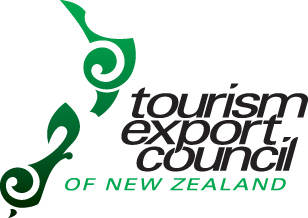Its been a stellar season for the tourism industry and the shoulder season months are stacked with incentives and group travel which is just what the industry ordered. Traditional markets have rebounded back with vengeance post the GFC and arriving in good numbers for FIT and group travellers.
With online travel agents (OTAs) being a key part of the travel distribution chain, accommodation product suppliers have more choice than ever re who and how they want to do business with. Some FIT travellers take advantage of the book direct and online medium, but there are still huge numbers of FIT travellers who want to book via travel trade and this has enabled inbound tour operators (with the appropriate itinerary planning technology) to cater as well for independent travellers as they do for groups.
The rise in FIT travel has not come at the expense of group travel with groups back to pre GFC numbers and group sizes of 40-50 pax in coaches. Inbound tour operators are back to quoting 18-24 months in advance with offshore wholesalers, securing the business, but have huge challenges with accommodation and coach capacity. The market share across FIT and groups has increased and we need some respectful understanding between accommodation providers and inbound tour operators to ensure we all ‘make hay while the sun shines’.
In a recent inbound tour operator survey, some reported losing up to 30% of quotable business from New Zealand because of lack of accommodation for groups or groups being yield managed out with pricing. Its no surprise that Auckland and Queenstown are the key regions with limited capacity, especially during the high season. ITOs are doing all that they can to move the business to a more suitable time and changing itineraries, but if we can’t get accommodation at a reasonable price, then ITOs can’t complete itineraries and the business is lost to New Zealand. Once international wholesalers start switching off that New Zealand is too hard to brochure (even if understanding re high season capacity and pricing), they will simply sell another destination and this could have a detrimental flow on impact for years to come. It’s the old rule of keeping the customer you have happy is more profitable than trying to recruit a new customer.
In the coaching sector, New Zealand coach companies cannot build coaches fast enough and if you ordered one today, it is likely to be 9-12months before it can be released into the system. Coaching is changing and while the baby boomers of today like some independence, there is still the growing market of those that want to know where they are staying each evening and getting to the destination, attractions and activities in the most efficient time possible. They also expect wifi on board, nice bathroom facilities, recliner chairs, food options and maximum viewing opportunities in terms of the touring coaches. Coaching in the future is not a movement of people from A to B, but a new interactive, safe, environmental, friendly and social experience.
The Tourism Export Council in conjunction with the Bus & Coach Association are preparing a “benefits of coach & group touring” document for local and central government policy makers and influencers which we look forward to sharing with the industry in the near future.
